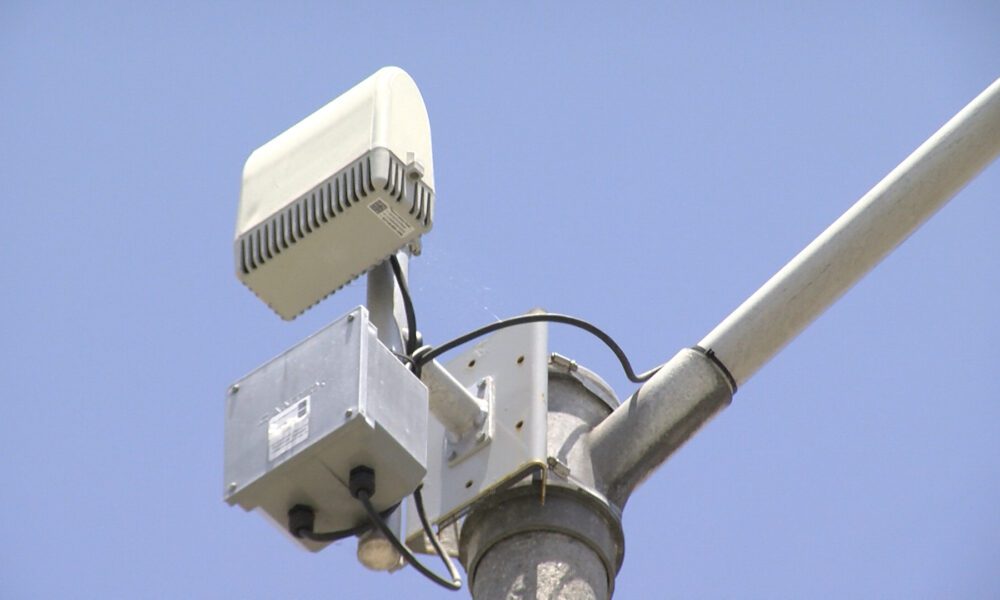Listen, Detect, Protect: The Promise of Gunshot Detection Systems

Gun violence remains a pressing concern in many communities worldwide, prompting the need for innovative solutions to enhance public safety. Among the arsenal of tools available to law enforcement and security agencies are gunshot detection systems. These systems, designed to swiftly identify and locate gunfire, hold the promise of mitigating the impact of gun-related incidents by facilitating rapid response and intervention. Integrated with Response Technologies, they enable authorities to deploy resources effectively, minimizing the aftermath of such incidents. In this article, we delve into the workings, applications, effectiveness, and future prospects of gunshot detection systems, exploring their potential to safeguard communities and save lives.
Understanding Gunshot Detection Systems
Gunshot detection systems operate on the principle of quickly and accurately identifying the sound waves generated by gunfire. These systems employ a combination of sensors, signal processing algorithms, and communication networks to detect and locate the source of gunfire. Acoustic-based systems, the most prevalent type, utilize microphones strategically placed in urban environments to capture and analyze gunshot signatures. Optical-based systems, on the other hand, rely on visual cues such as muzzle flashes to pinpoint gunfire.
Advancements in sensor technology and signal processing algorithms have bolstered the accuracy and reliability of gunshot detection systems. Modern systems can distinguish between gunfire and ambient noise, minimizing false alarms and ensuring prompt response when incidents occur. Moreover, hybrid systems, which integrate multiple sensing modalities, offer enhanced detection capabilities, particularly in challenging environments with high levels of background noise.
Applications and Implementation
Gunshot detection systems find application across various domains, including urban security, military operations, and critical infrastructure protection. In urban environments plagued by gun violence, these systems serve as force multipliers for law enforcement agencies, enabling rapid response to shootings and enhancing situational awareness. By providing real-time alerts and precise location data, gunshot detection systems empower law enforcement officers to swiftly intervene, apprehend suspects, and render aid to victims.
In military and law enforcement settings, gunshot detection systems play a vital role in enhancing operational effectiveness and personnel safety. By alerting personnel to enemy fire and hostile activity, these systems enable timely responses and tactical maneuvers, thereby reducing the risk of casualties and enhancing mission success rates. Similarly, in critical infrastructure facilities such as airports, power plants, and transportation hubs, gunshot detection systems help safeguard vital assets and infrastructure against potential threats.
Effectiveness and Challenges
The effectiveness of gunshot detection systems hinges on various factors, including accuracy, reliability, and scalability. While studies have demonstrated the efficacy of these systems in reducing response times and improving situational awareness, challenges such as environmental noise, sensor placement, and false alarms remain areas of concern. Addressing these challenges requires ongoing research and development efforts aimed at enhancing sensor capabilities, optimizing algorithms, and improving system integration.
Real-world deployments of gunshot detection systems have yielded promising results, with numerous success stories showcasing their effectiveness in detecting and deterring gun-related violence. From urban neighborhoods to military battlegrounds, these systems have proven instrumental in enhancing security and saving lives. However, achieving widespread adoption and acceptance of gunshot detection systems requires addressing ethical and privacy considerations, as well as ensuring transparency and accountability in their deployment and operation.
Future Directions and Innovations
Looking ahead, the future of gunshot detection systems holds exciting prospects, fueled by advancements in technology and innovation. Emerging technologies such as artificial intelligence and machine learning promise to further enhance the capabilities of these systems, enabling them to adapt to evolving threats and environments. Moreover, the miniaturization and mobility of sensor platforms offer opportunities for deploying gunshot detection systems in diverse settings, including vehicles, drones, and wearable devices.
Global adoption of gunshot detection systems presents an opportunity to bolster international security efforts and combat gun-related violence on a broader scale. By leveraging shared resources and expertise, countries can collaborate to develop standardized protocols, interoperable systems, and best practices for deploying and managing gunshot detection technologies. Such initiatives hold the potential to enhance global security and promote peace and stability in regions affected by armed conflict and violence.
In conclusion, gunshot detection systems represent a critical tool in the arsenal of law enforcement and security agencies, offering the promise of enhanced safety and security for communities worldwide. By leveraging advanced sensor technology, signal processing algorithms, and communication networks, these systems enable rapid detection and localization of gunfire, facilitating swift response and intervention. While challenges remain in terms of accuracy, reliability, and ethical considerations, ongoing research and innovation hold the key to unlocking the full potential of gunshot detection systems and realizing their promise of protecting lives and preserving peace.





